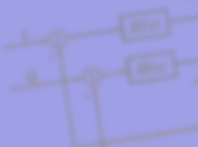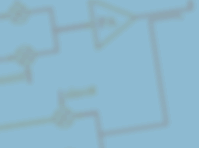PhD position in electronic engineering for quantum science and technologies at IPL, University of Trieste: Advancing synchrotron-based x-ray imaging and spectroscopy using applied quantum computing
 |
 |
 |
Introduction
The broad field of Imaging and Spectroscopy using X-rays is of paramount importance as it enables crucial techniques from medicine and energy till environment, security, and food. The most common X-ray-based systems offer Computed Tomography, microscopy and spectral/fluorescence elemental analysis. These already appear in industrial applications, yet due to their importance there is ongoing research for their improvement but also for the development and implementation of novel systems.Synchrotron radiation based imaging techniques
The forefront of advanced X-ray sources are synchrotron radiation facilities, thus advancements on specific X-ray imaging and spectroscopy benefit from the special characteristics of synchrotron light and associated infrastructures. This research is multidisciplinary in nature and involves mechanical, physical, and also computational aspects. Various techniques such as Coherence Diffraction Imaging (CDI), Computed Tomography (CT) and X-ray Fluorescence (XRF) have a necessary computational workflow for yielding useful data; this computational part makes full use of the latest trends in computing and information science. Recent advances in AI and GPU processors have recently enabled new modalities and scientific applications of importance. Those advances often require long research and development cycles as they need to take into account—and in certain cases inspire—developments in other fields such as detectors, instrumentation setups and data acquisition strategies.Quantum Computing for synchrotron-based imaging and spectroscopy
This research project aims at introducing Quantum Computing (QC) for practical applications in synchrotron-based X-ray imaging and spectroscopy of high impact. The goal is that of critically examining the existing QC methods while proposing potential advances for imaging and spectroscopy. This examination should result in identifying existing QC approaches that may be of immediate use but also develop new ones, while at the same time sets a blueprint for the future requirements for QC for scientific computing purposes in this domain.Considering that the foundations of Quantum Computing are in active development, it is expected that practical applications and systems will become readily available albeit at early maturity levels. Such systems are already publicly released and offer a certain level of abstraction and real-world applicability. Notable examples are IBM Qiskit, Google Cirq, Microsoft Q#, Rigetti PyQuil, D-Wave Ocean, Strawberry Fields. It is hypothesized that these will heavily evolve and hybrid classical and QC approaches may be of special interest for the goals of this project.
